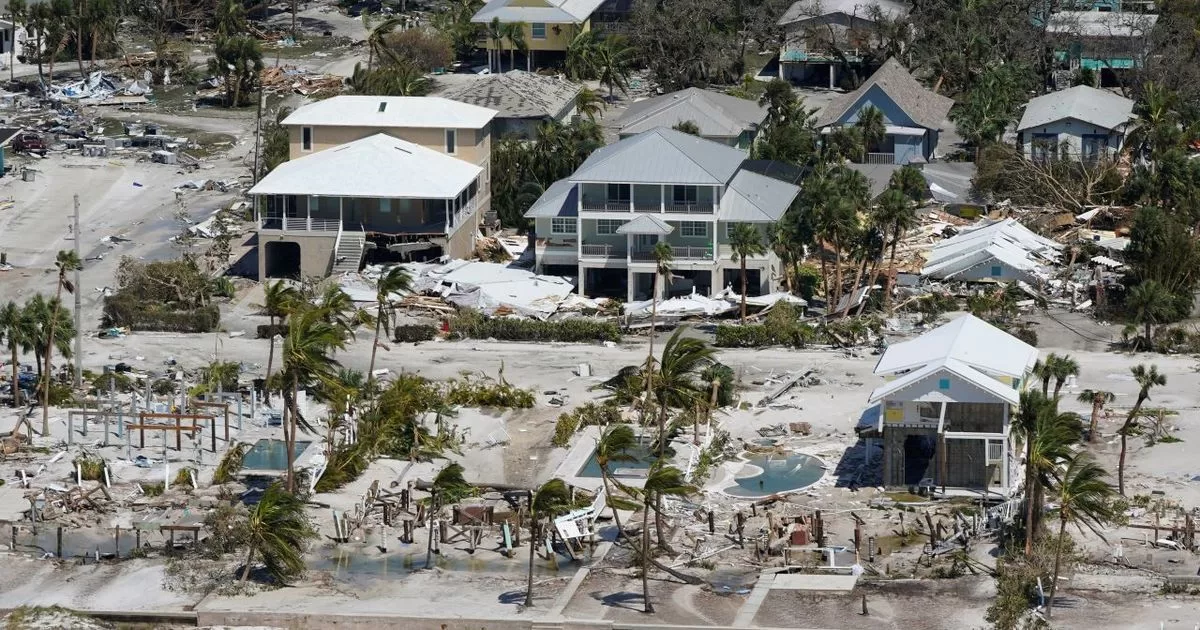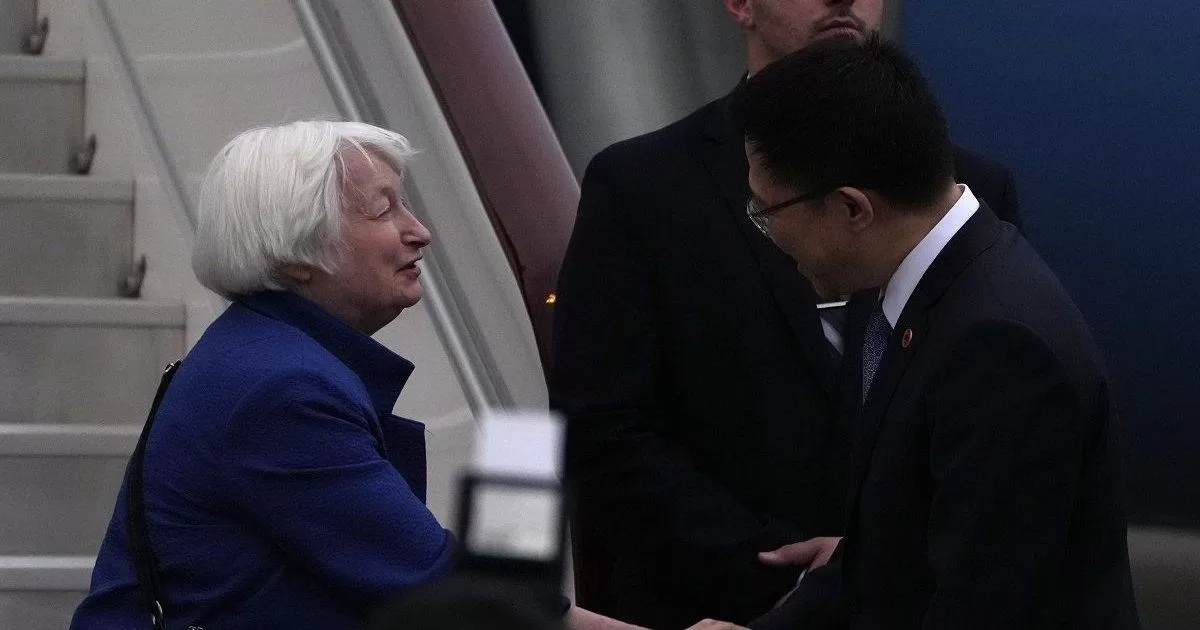WASHINGTON DC – The president of the Federal Reserve of the United States (Fed), Jerome Powell, recognized this Wednesday that, after the pause in June, during the next months it is likely that interest rates will continue to rise, an increase that will depend on the economic data to be produced in the coming weeks.
“Almost all of the participants in the Federal Open Market Committee,” the body of the Fed that decides interest rate hikes, believe that it will be “appropriate to raise rates a little more by the end of the year,” he told the Committee on US House of Representatives Financial Services.
The Fed, he added, will continue to make its decisions “meeting by meeting” based on “the totality of incoming data and their implications for the outlook for economic activity and inflation, as well as the balance of risks.”
The “inflationary pressures” pointed out the president of the US regulator, “continue to be high” and the process of bringing inflation back down to 2% “has a long way to go.”
All this despite the fact that the year-on-year rate of inflation fell considerably in May, nine tenths, to stand at 4%, its lowest level since March 2021. It was the second sharpest fall in the consumer price index since it began to down eleven months ago.
As he does every semester, Powell appeared in the aforementioned committee of the Lower House and submitted to questions from the congressmen.
The economy has grown at a faster annual rate than had been forecast, which experts call a good sign for the US. To see more from Telemundo, visit
He explained that if last year, when interest rate hikes began, it was the speed at which they were raised that was important, and there were several consecutive 0.75 point hikes, given “how far” the Fed has gone, the appropriate now it is “do it at a more moderate pace”.
This appearance occurred a week after the Fed decided on June 14 to take a break and not raise interest rates this month.
Thus, they remain in a range between 5% and 5.25%, the highest level since mid-2007, after a streak of ten consecutive increases carried out to lower inflation.
Aside from the proposed changes at the federal level, the White House says state action is also “essential” to rid the US economy of billions of dollars in “unnecessary, unavoidable or surprise charges.”
Powell then did not rule out continuing to raise them in the future and acknowledged that most Committee members consider it likely that some additional increases are appropriate this year to bring inflation to 2%, a position that he defended before Congress on Wednesday.
“We remain committed to bringing inflation down to our 2% target and keeping long-term inflation expectations well anchored. Reducing inflation is likely to require a period of below-trend growth and some easing of market conditions.” labor market,” Powell acknowledged Wednesday.
The Fed published its economic forecasts last week, which are an average of the estimates made by the members of the committee, and in them it calculated that inflation will continue to moderate this year until it stands at 3.2%, and at 2.5% in 2024.
2023 arrives with several opportunities for growth in various aspects of our lives. We give you some tips to improve your economy.
He does not expect the desired objective to be reached even in 2025, the year in which he calculates that inflation will be placed at 2.1%.
Although this does not mean that interest rates will continue to rise until 2% is reached, Powell qualified this Wednesday, but rather that the final rate will depend on a balance between prices, employment and financial stability.
Thus, the Committee will take into account the cumulative tightening of monetary policy, the way in which said policy affects economic activity and inflation, and economic and financial factors.
Monetary and fiscal policies in advanced economies, including continued interest rate hikes, could push the world toward global recession and stagnation.
In his speech, Powell referred to the state of the banking system, which is “solid and resilient,” he said.
“Recent bank failures, including the failure of Silicon Valley Bank, and the resulting banking stress have highlighted the importance of ensuring we have the right rules in place for banks of this size. We are committed to addressing these vulnerabilities for a stronger banking system. “, he claimed.
In this sense, he said that it is necessary to have “stricter regulation around liquidity and uninsured deposits.”
It is the great dilemma that many people have when buying a new vehicle: choose to do a “lease” and rent it, or buy it. To see more from Telemundo, visit
Faced with runaway inflation as a result of the pandemic and the war in Ukraine, the Fed began on March 17, 2022, to raise interest rates. It did so with 25 basis points and rose 50 more in May.
Then he started to step on the gas and made four 75 basis point climbs. In December he raised half a point and this year he began to slow down with three 25 basis point hikes until the pause announced last week.
The Fed’s next meeting will take place on July 25 and 26, and before the end of the year, committee members will hold three more meetings in September, October, and December.





